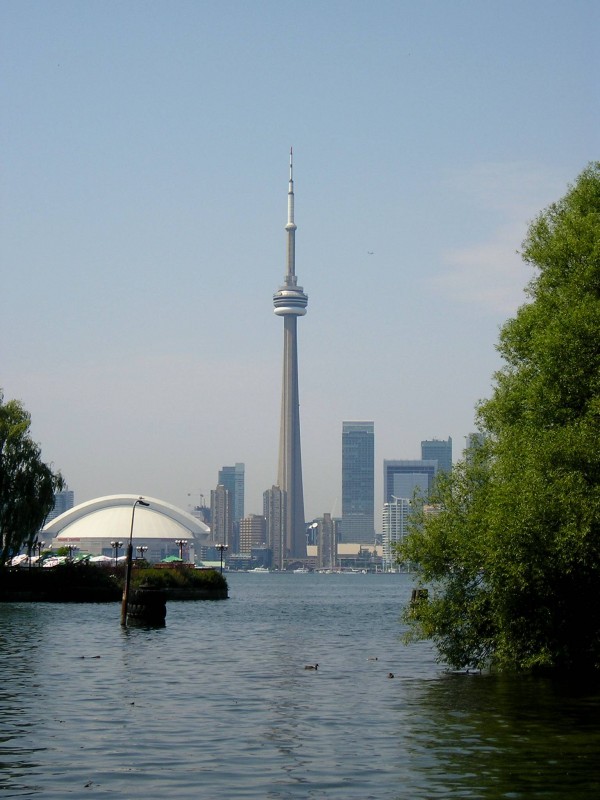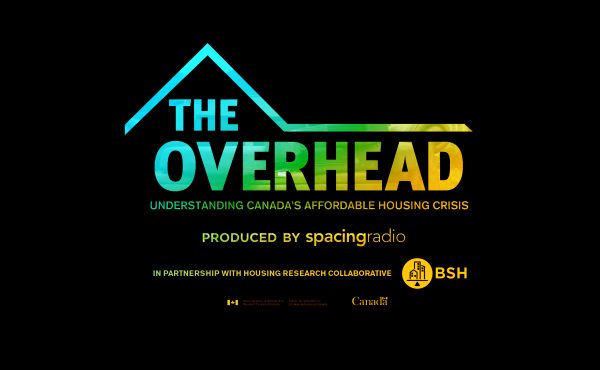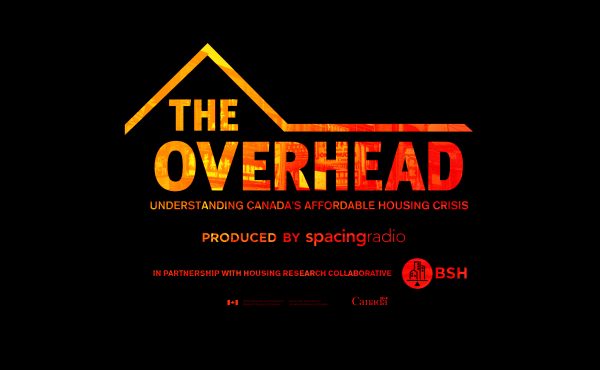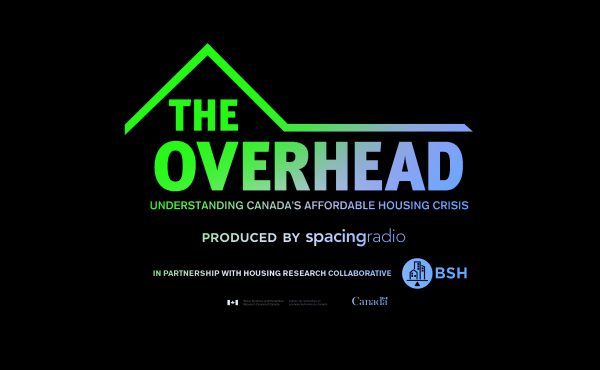I do not live in Toronto, but it is a city I visit regularly, a city where I have many friends and colleagues. It is a city I love, from the Toronto Island waterfront, to the skyscrapers of downtown, to its multiculturalism and diversity. It is a dynamic city which is an emerging global hub.
However, for all its success, Toronto is facing pressures from its rapid growth, as the city aspires to realize its full potential. The University of Toronto’s Richard Florida has stated that there is a limit of 5.5 to 6 million people which many cities find difficult to surpass, where they face serious infrastructure pressures that can inhibit further growth unless dealt with.
Toronto is at such a crossroads with a metro population approaching this benchmark. Crucial decisions, that at times will be controversial, will have to be made, about density – more residential spaces to accommodate more people to avoid skyrocketing housing costs and unmanageable sprawl – and transit to open up more neighbourhoods, to provide alternatives to driving on congested multi-lane roads, a congestion that has serious economic costs in lost time and productivity.
Two recent Toronto Star articles identified a resistance to change in the city, with columnist Christopher Hume dubbing Toronto the city of “no” stating that “no is their [Torontonians’] automatic answer to any question; their default position, fallback response and kneejerk reaction.”
In the city centre – pre-amalgamation Toronto – there is a pervasive NIMBYist (Not-In-My-Backyard) attitude, from resistance to the proposed Mirvish-Gehry towers due to their height, an unconditional refusal of proposals to expand Toronto Island airport, or knee-jerk resistance to any sort of change to venues such as Honest Ed’s discount, as if such places are meant to be stuck in time. Hume, in his column, cites instances of resistance to mid-rise developments in various neighbourhoods.
The Mirvish-Gehry towers – designed by world-renowned architect Frank Gehry – represent an architectural wonder for Toronto, something that would enhance its aspiring global status as well as provided needed residential spaces.
The debate over the Toronto Island airport expansion has been characterised by hyperbolic claims of “Pearson on the Lake” by some on the no-expansion side, even though the proposed expansion is relatively modest. A report from the University of Toronto’s Martin Prosperity Institute highlights the strong economic benefits from airports, a report cited in Richard Florida’s article in support of Island Airport expansion. Such an expansion would more strongly connect Toronto’s business and financial centre to other Canadian cities and to other hubs such as New York City.
Full due diligence of course would be needed on the new proposed jets – something also emphasized in Florida’s op-ed. It is worth noting that Washington DC and Boston have relatively large waterfront airports near their city centres (larger than the proposed expanded Toronto Island airport).
Toronto’s NIMBYism is by no means unique to the city – even if it is especially pronounced. Early 20th century New York saw resistance to Manhattan’s new skyscrapers from residents of the mansions on Fifth Avenue, something cited in Edward Glaeser’s book Triumph of the City.
Until a few decades ago, Toronto was a medium-sized Great Lakes city, a second city to Montreal which, for much of Canadian history, was the country’s preeminent city. However, Toronto has changed – rapidly – and is now an emerging global city, facing serious infrastructure pressures. For the city’s continued growth and prosperity, new approaches are needed.
Of course Toronto’s older city centre is not the only source of resistance to change, there is also a pro-car/pro-sprawl sentiment in much of Toronto’s suburban areas, something which Rob Ford played on successfully in his 2010 mayoral race, with his “war on the car” rhetoric where bikes and bike-lanes were seen as the purview of the “downtown elite.”
Investment in mass transit is sorely needed in light of congested thoroughfares, in light of suburban tower blocks in places like North Etobicoke, North York, and Scarborough where many on low incomes live, where lack of walkable streets or proper transit inhibits access to services and amenities – an especially serious problem as many low-income earners cannot afford a car.
Rob Ford’s playing politics with the Scarborough subway extension – ripping up a planned LRT that would have been far cheaper and served more stops – is a further stumbling block to a proper transit strategy (as is the complicity on this by politicians across the political spectrum).
Of course discussion of Toronto’s future will feature debate – at times contentious debate – and this is a good thing. Toronto is a democratic city, and even if this means a more incremental mode of development – something highlighted in a twitter post by the city’s chief planner Jennifer Keesmaat – it is a clear plus for the city, ideas and proposals are debated and given full scrutiny.
An active citizenry holding public officials – and public plans – to account is important. It can halt bad ideas – such as Doug Ford’s proposal to scrap a carefully considered waterfront plan in favour of a mega-mall, ferris wheel, and monorail. It is a check on authority that is too top down and neglects neighbourhoods, such as successful opposition to a proposed freeway through Greenwich Village in New York City, and to the Spadina Expressway in Toronto. Full due diligence and an active citizenry is important to ensuring that Porter airlines are good corporate citizens, that the concerns of those living near the waterfront are heard.
However, in all this debate, the message should be clear about the pressures Toronto is facing with its rapid population growth, with the need for more residential space, for transit, and for Toronto to more assertively make its mark as a global city. It is a challenging time, but also an exciting one, one that offers new opportunities to think – and think big – about the city’s future.
Hassan Arif (@hassannb) is a PhD candidate in Sociology at the University of New Brunswick in Fredericton where he is specializing in urban sociology and local government. He is also a columnist, having published for the Telegraph Journal in Saint John, the Daily Gleaner in Fredericton, as well as the Huffington Post, and Sustainable Cities Collective. He has also contributed to Insight articles for the University of Toronto’s Martin Prosperity Institute and has published a paper on economic development in smaller jurisdictions for the Canadian-American Center at the University of Maine.
Photo by Hassan Arif





11 comments
Growth is needed for citites but as far as BBTCA is concerned, jets belong at Pearson, not on our waterfront. Board of health has said NO to benchmarks already hit and increase of CANCER, CARDIOVASCULAR, RESPIRATORY ILLNESS, already hit benchmark and expansion wouls SIGNIFICANTLY INCREASE, from waterfront, to business/financial district, queen st, university avenue where hospitals are, all way up to queens park Circle. NO!
Waterfront Toronto is already revitalizing “The remaking of Toronto’s waterfront has created 40,000 jobs and $3.2 billion in economic benefits. Ongoing and planned projects for East Bayside and West Don Lands will create another $4 billion in economic impact”. Or Ontario Place redevlopment and so much more
Hassan says Toronto is “a city I love” but then badmouths it for having growing pains. Really, it’s OK to be a cheerleader for innovations and progress, but, a very big BUT, is to weigh the profit driven ambitions of one private company, in partnership with the Toronto Port Authority, a profit seeking government agency, against the enjoyment of those millions (17-20 per year) who come to the waterfront parks, entertainment venues and recreational attractions. Maybe its a NIMFY – not in my front yard. Yes airports support the economy of a city and Toronto has one with capacity for jets, a fast train link ready in a year and no extra drain on Toronto taxpayers. It’s called Pearson.
Hassan, have another look. Richard Florida has. He’s looking at both sides now. That’s progress.
Gee, where are the ads for Porter? Or condos? This sort of boosterism of more more more is far more 20th century than this greenhouse century. Sure – new thinking is a good thing – but why not goose the stable residential neighbourhoods with their fair share of density since the services are already in existence? Sure, we need transit – but throughout the region, and it doesn’t have to cost billions eg. Curitiba.
How about some novel thinking about restraining car usage? Or even some user pay?
Spacing has to do better than this….
Hamish is right. Advanced cities, like Chicago, have been able to shut down and get rid of the downtown waterfront airports so that they no longer blight the city. We can too.
Just imagine that airport turned into a car-free mixed use neighbourhood. What a wonderful place to love, work or raise a child that would be!
Oops, should be “live,” not “love.” But on second thought, love is great also!
The airport is nowhere near my backyard (Bathurst & Lawrence) but I dont mind being a nimby for not wanting it on TO’s collective front yard.
It really doesn’t matter what the particular qualities of a proposed jet will be considering that the city’s legal team has discovered that once the agreement to allow jets in the city and port authority is changed there is no legal leeway to limit planes to a particular model or airline.
While you defend expansion as ‘relatively moderate’, even Porter is calling for levels equivalent to Ottawa’s Intl airport.
The little noticed motion to allow jets at Washinton’s sleepy airport, opened the path for a major airport amid the city’s Potomac River parks.
Boston’s airport is not particularly comparable to Toronto. Logan has been a major Intl airport for over 50 years and is located at the end of a major industrial harbour. It operates 24-7 and has ample freeway access.
Like many urban airports Logan has negative impacts on many neighbourhoods on all sides and its harbour airport comes with varying wind directions that lead to many flight paths over land.
Spacing – if you can’t do better, don’t publishit.
The post grad author is surely held to a higher standard in his school work than “The debate over the Toronto Island airport expansion has been characterised by hyperbolic claims of “Pearson on the Lake” by some on the no-expansion side, even though the proposed expansion is relatively modest.” – followed by pro-expansionism. We saw that coming!
As */*!! as it is to watch ‘strawman’ arguments from unexpected sources, Spacing needs to aim higher to achieve credibility.
Roger B.. You’re in my neighbourhood, but I completely disagree with your justification.
I love the backlash without knowing the facts here.
1. Meigs Field was closed because it was mainly for private jets and commuter airlines. Those commuter airlines were shifted to Midway. It served no purpose.
2. Many of your are only referring to BBA and not of the premise of the article. You’ve all proven the point you’re resisting change and that isn’t progress.
You all should have a read of my blog post where I discuss the backlash with Edmonton’s City Centre Airport and BBA. theurbanstrategist.wordpress.com
What was that article? Cram 17 “Spacing” issues in one article – add no value. Seriously Spacing get an editor – set some standards – or become irrelevant. Ok I’ll take the click bait. I don’t get folks that worship plans – with the idea they came down from God. The plans that exist are no less the product of political messing around than the ideas of today. Who says Doug Ford’s ideas were crazy – building a place people would use rather than just pardise for the rich and for lucky subsidized few. Few should deny – that Doug’s efforts took some of the “crazy” out of the Waterfront plan and inserted some common sense that started to move it off the paper and into reality.
Doug’s ideas helped anything? Doug’s ideas improved something? I deny on principle.
Doug Ford is like anti-bacon. Whatever you have, it’s invariable worse with Doug.
‘invariably’
Dang no ability to preview or edit after posting.